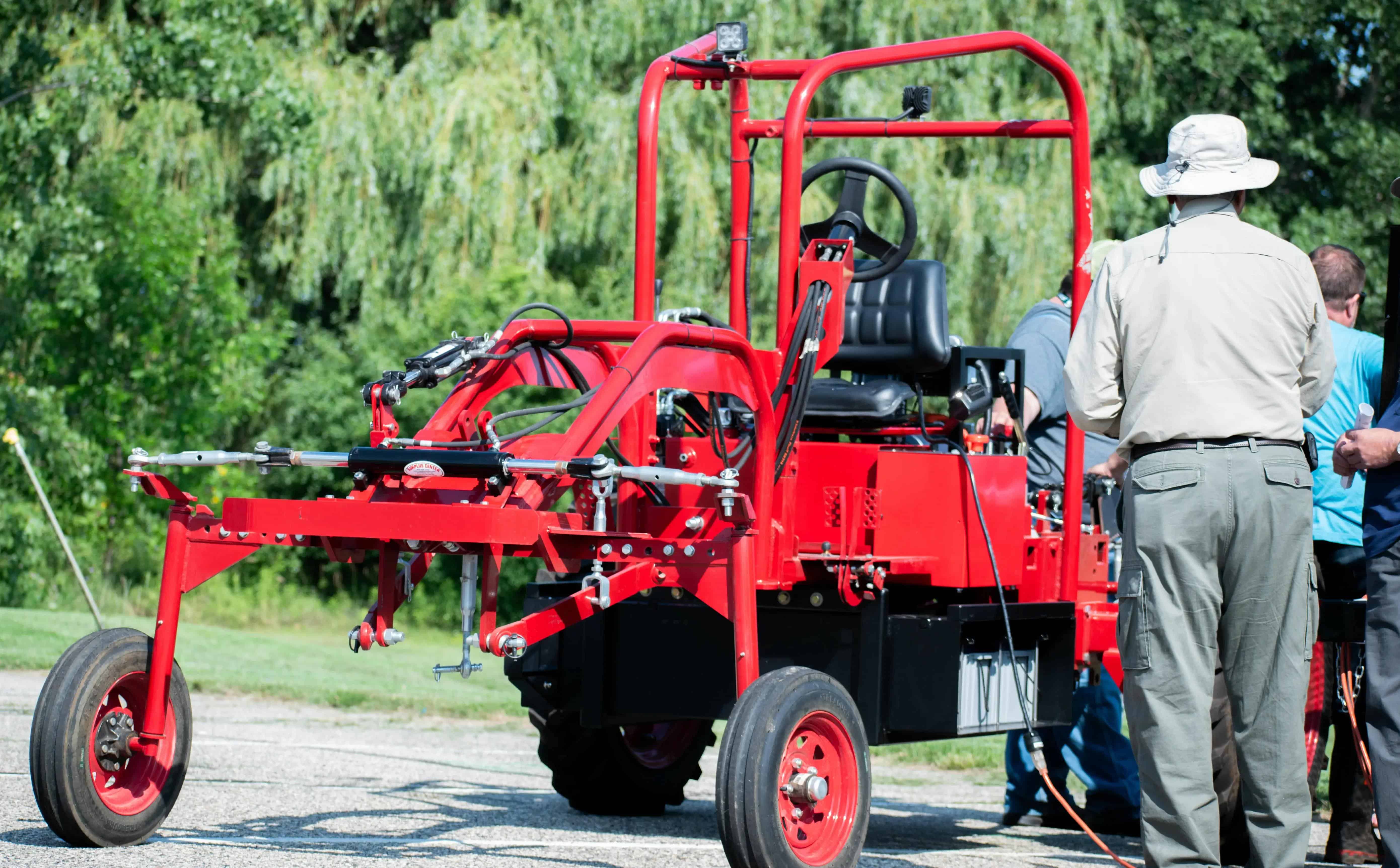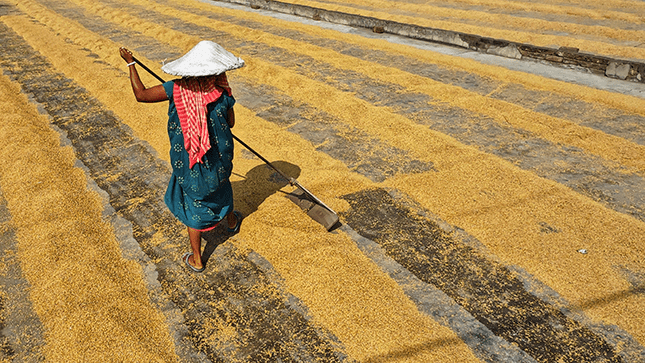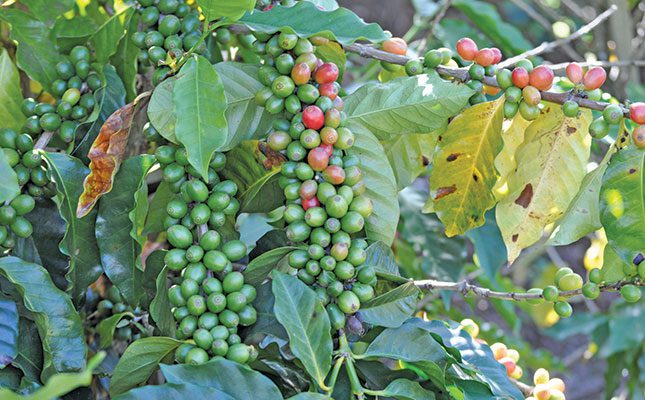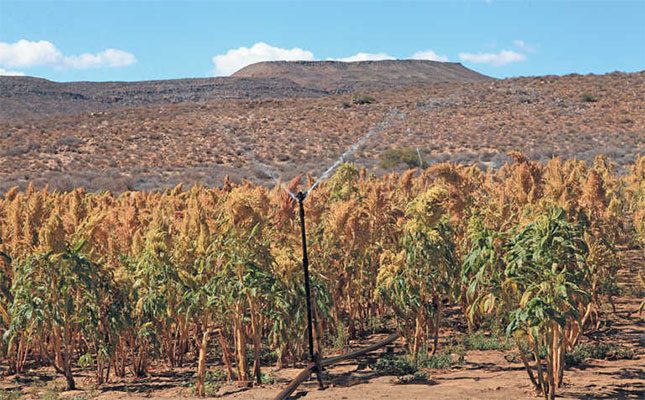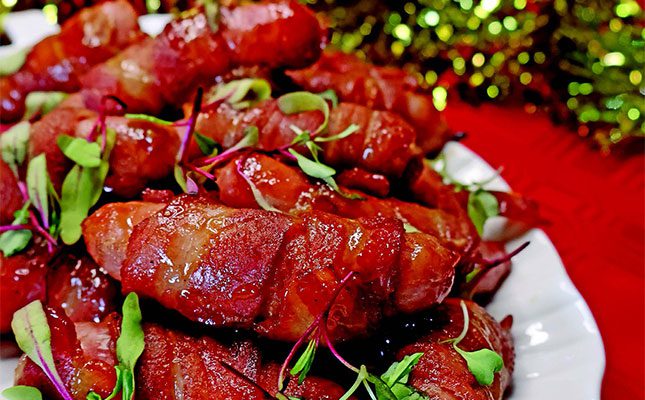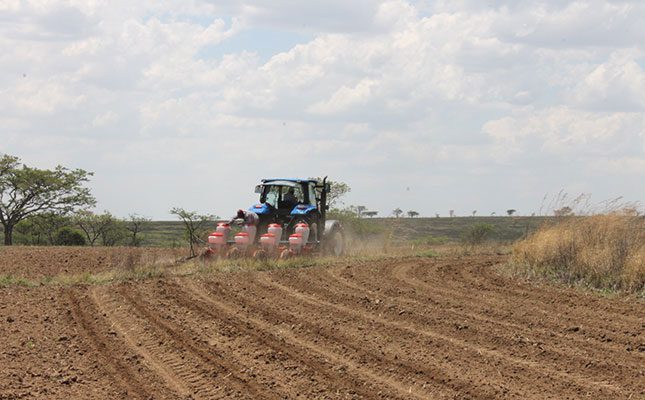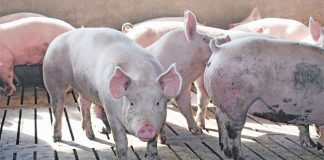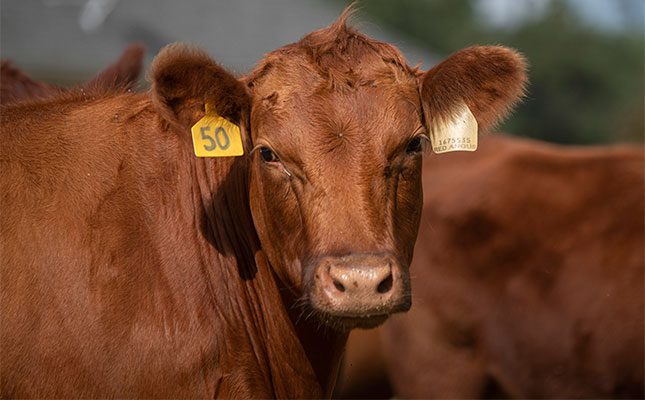
Associated Press (AP) reported that, according to US government data, the average price of 500g of beef mince rose to US$6,12 (about R107,62) in June, which was almost 12% higher year-on-year.
At the same time, there was an 8% increase in the average price of ‘uncooked beef steaks’ to US$11,49 per 500g (R200,29).
Despite the current spike in prices, AP reported that this was not “a recent phenomenon”.
“Beef prices have been steadily rising over the past 20 years because the supply of cattle remains tight while beef remains popular,” the report said.
According to the US Department of Agriculture (USDA), there had been a steady decline in the US cattle herd for decades.
“As of [1 January 2025], the US had 86,7 million cattle and calves, down 8% from the most recent peak in 2019. That is the lowest number of cattle since 1951,” the USDA stated.
What’s causing the decline in cattle numbers?
According to AP, many factors were contributing to the decline in cattle numbers, including drought and cattle prices.
The emergence of the New World screwworm flies (Cochliomyia hominivorax) among cattle in Mexico, and with the current threat of trade tariffs were placing further pressure on both supply and prices, the report said.
David Anderson, a livestock economist at Texas A&M University, told AP that the US beef industry had improved breeding practices to the extent that farmers could now raise larger animals, enabling them to produce the same amount of beef with fewer heads of cattle.
According to data from the American Farm Bureau Federation (AFBF), the three-year drought that began in 2020 had resulted in the deterioration of pastures, which in turn led to soaring cattle feed prices.
“Drought has continued to be a problem across the [Western US0 since then, and the price of feed has put more pressure on ranchers who already operate on slim profit margins” the AFBF said.
To meet short-term demand for beef, many farmers had also slaughtered more female animals than usual, but this reduced the size of future herds and contributed to rising prices due to declining cattle supplies.
Anderson explained that those higher prices gave ranchers “more incentive to sell cows now to capture profits instead of hanging onto them for breeding, given that prices in the years ahead may decrease”.
Unusual flesh-eating pests
The New World screwworm fly infestation in Mexico placed further pressure on supply, with all imports of cattle from Mexico being halted in 2024. It was estimated that 4% of all cattle in US feedlots came from Mexico.
The female flies of this flesh-eating pest laid their eggs in wounds on warm-blooded animals, AP reported.
“The larvae that hatch are unusual among flies [because they feed] on live flesh and fluids instead of dead material. American officials worry that if the fly reaches Texas, its flesh-eating maggots could cause large economic losses as they did decades ago before the US eradicated the pest,” the report added.
Although President Donald Trump’s tariffs haven’t had a major impact on beef prices yet, industry role players believe they could be another factor in the escalating prices, as the US was importing more than 1,8 billion kilograms of beef annually.
“Much of what is imported is lean beef trimmings that meatpackers mix with fattier beef produced in the US to produce the varieties of [beef mince] domestic consumers want.
“Much of that lean beef comes from Australia and New Zealand, which have only seen a 10% tariff, but some of it comes from Brazil, where Trump has threatened tariffs as high as 50%,” AP stated.
Drought conditions were slowly easing, allowing pastures to improve, Bernt Nelson, AFBF agricultural economist, told AP, while grain prices had fallen due declining export demand for maize because of tariffs.
He explained that these factors, along with the high cattle prices, could persuade more farmers to retain their cows for breeding purposes to expand the size of their herds.
“[But] even if ranchers decided to raise more cattle to help replace those imports, it would take at least two years to breed and raise them,” Nelson explained.


